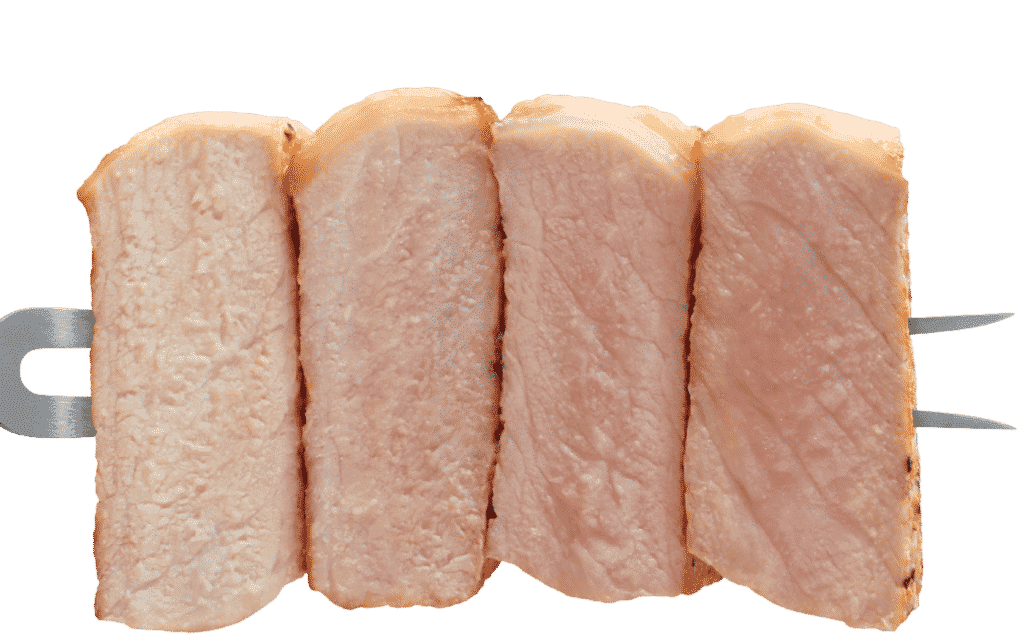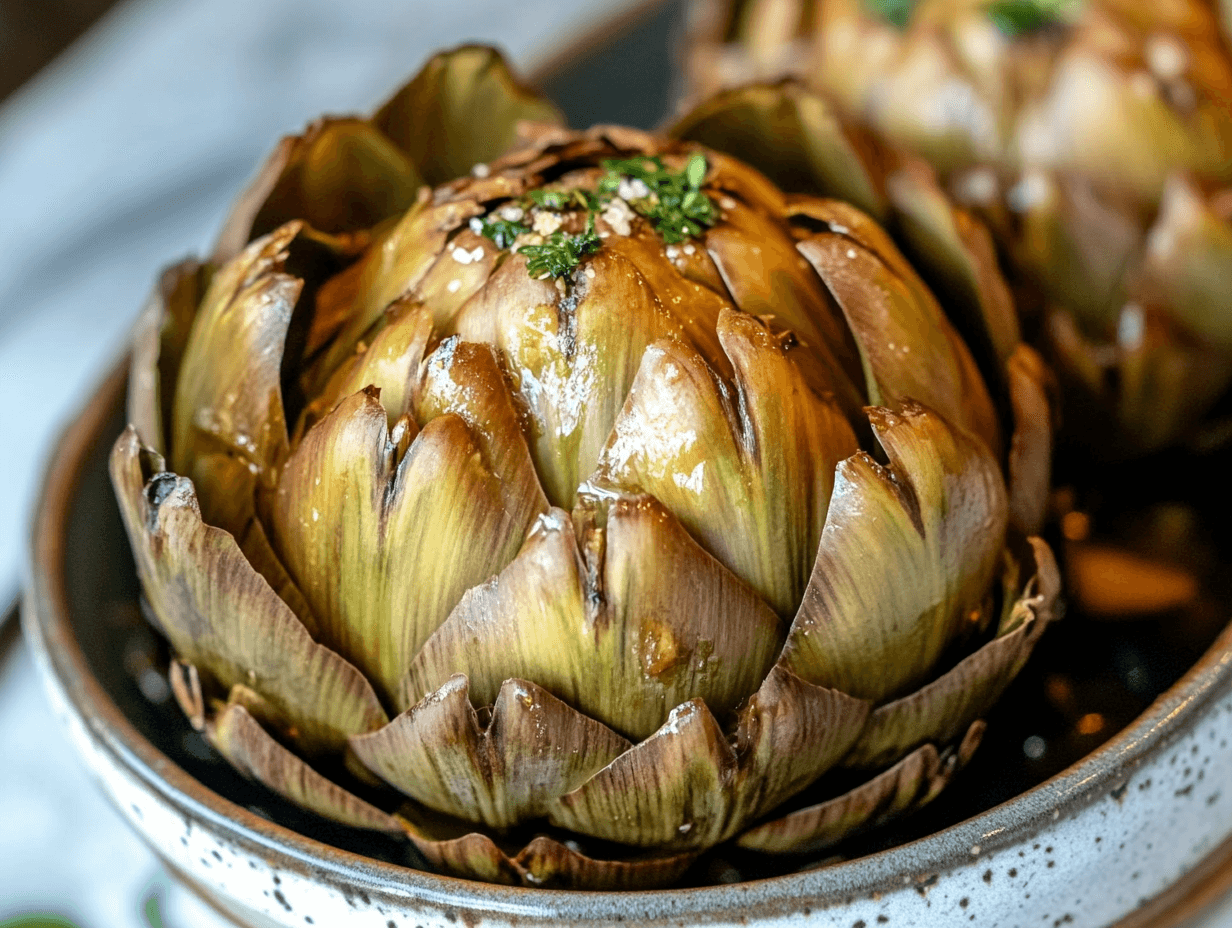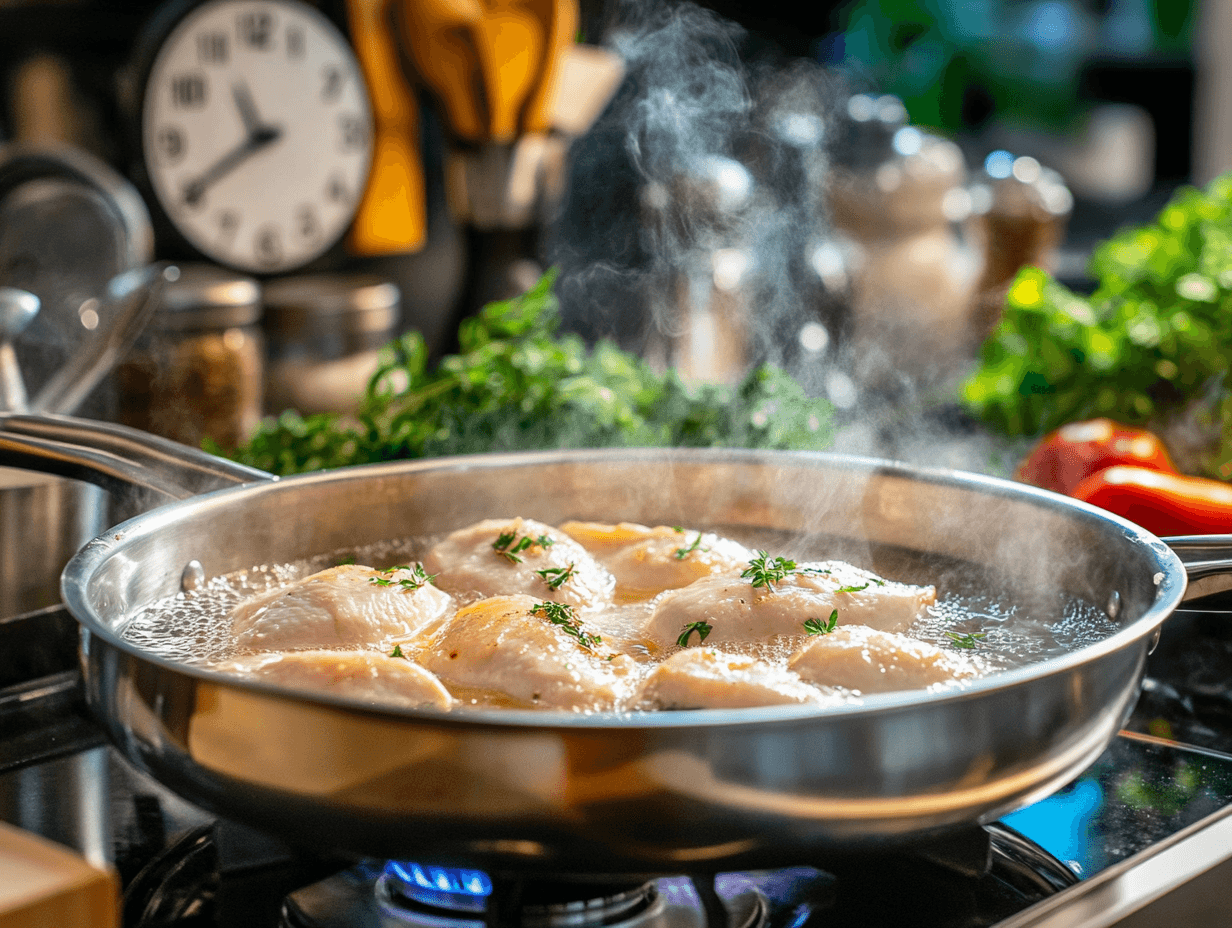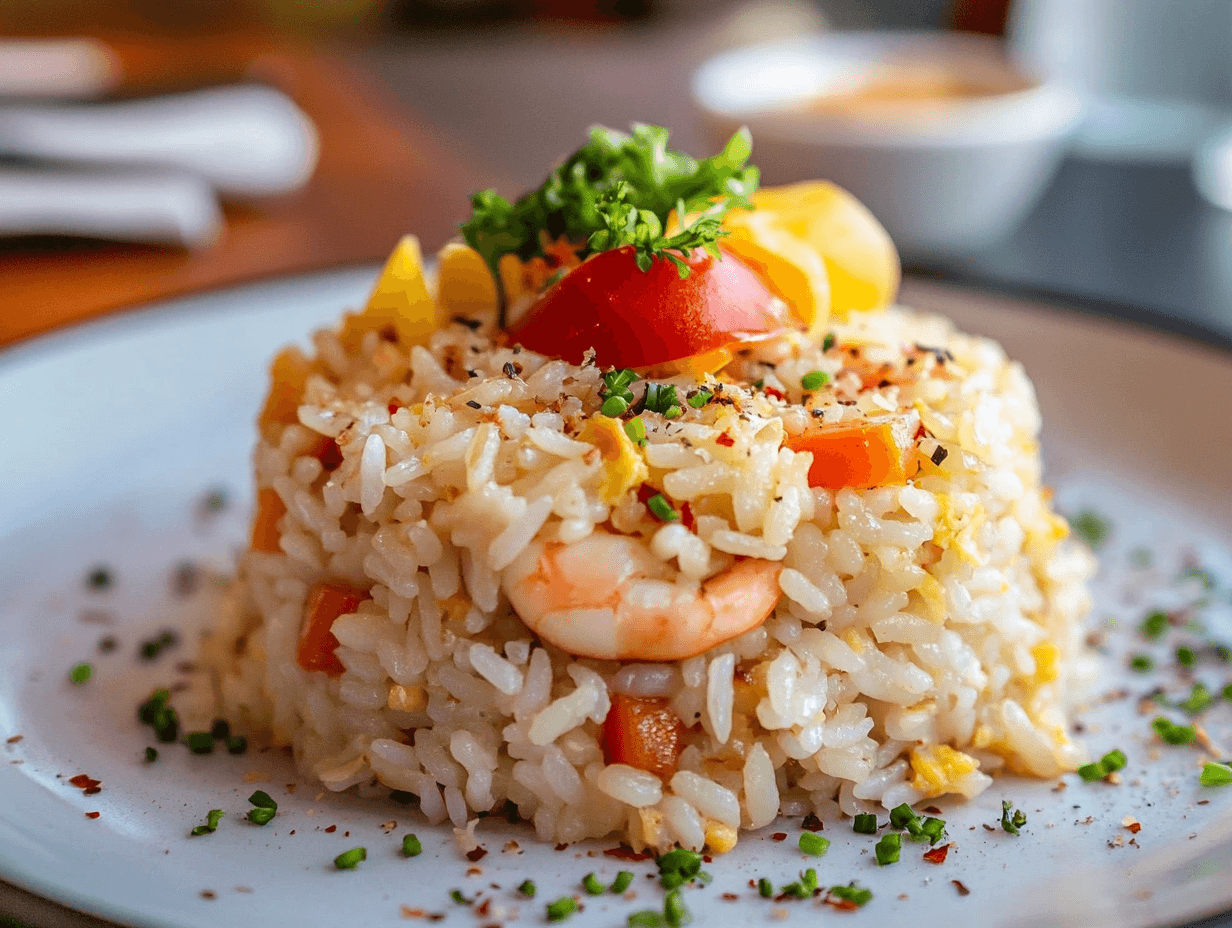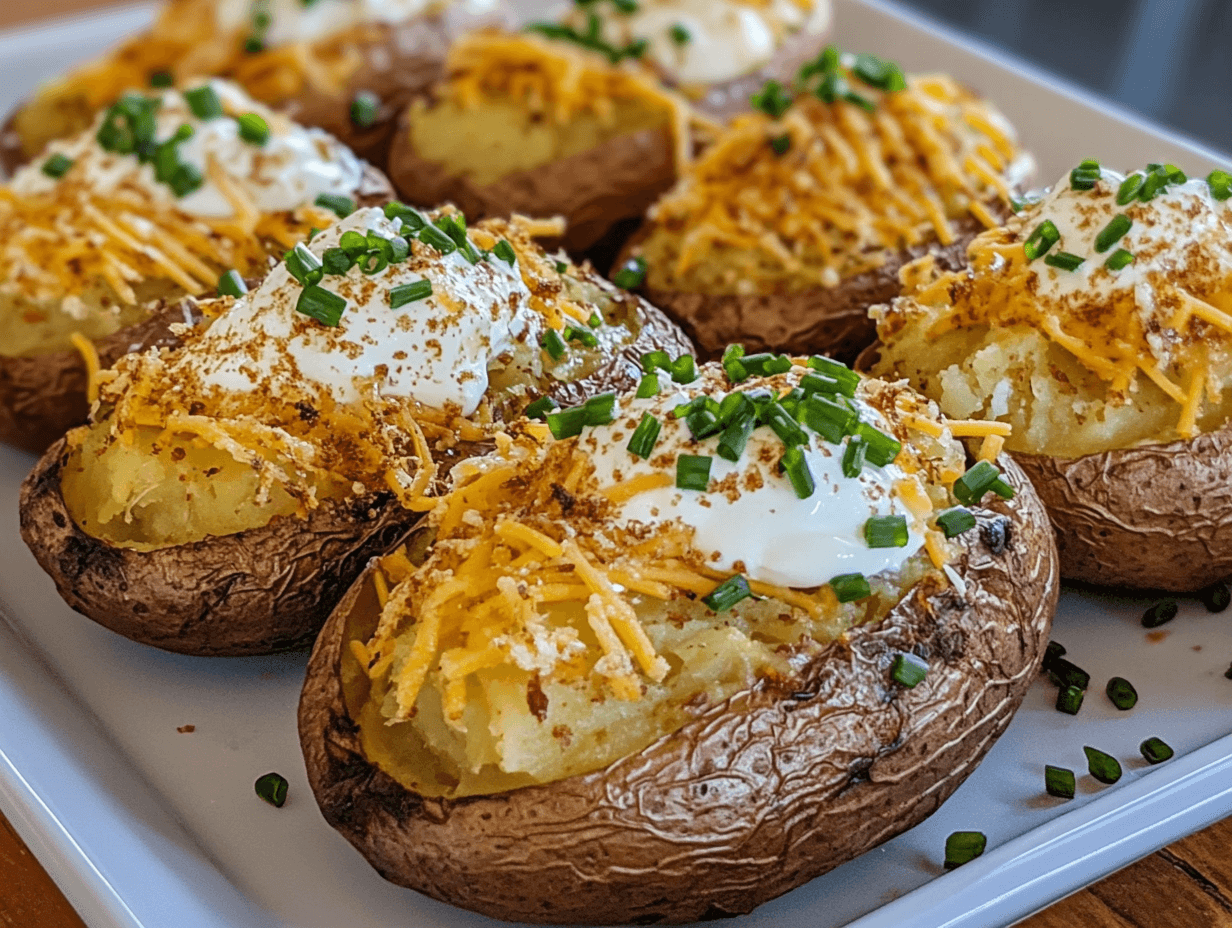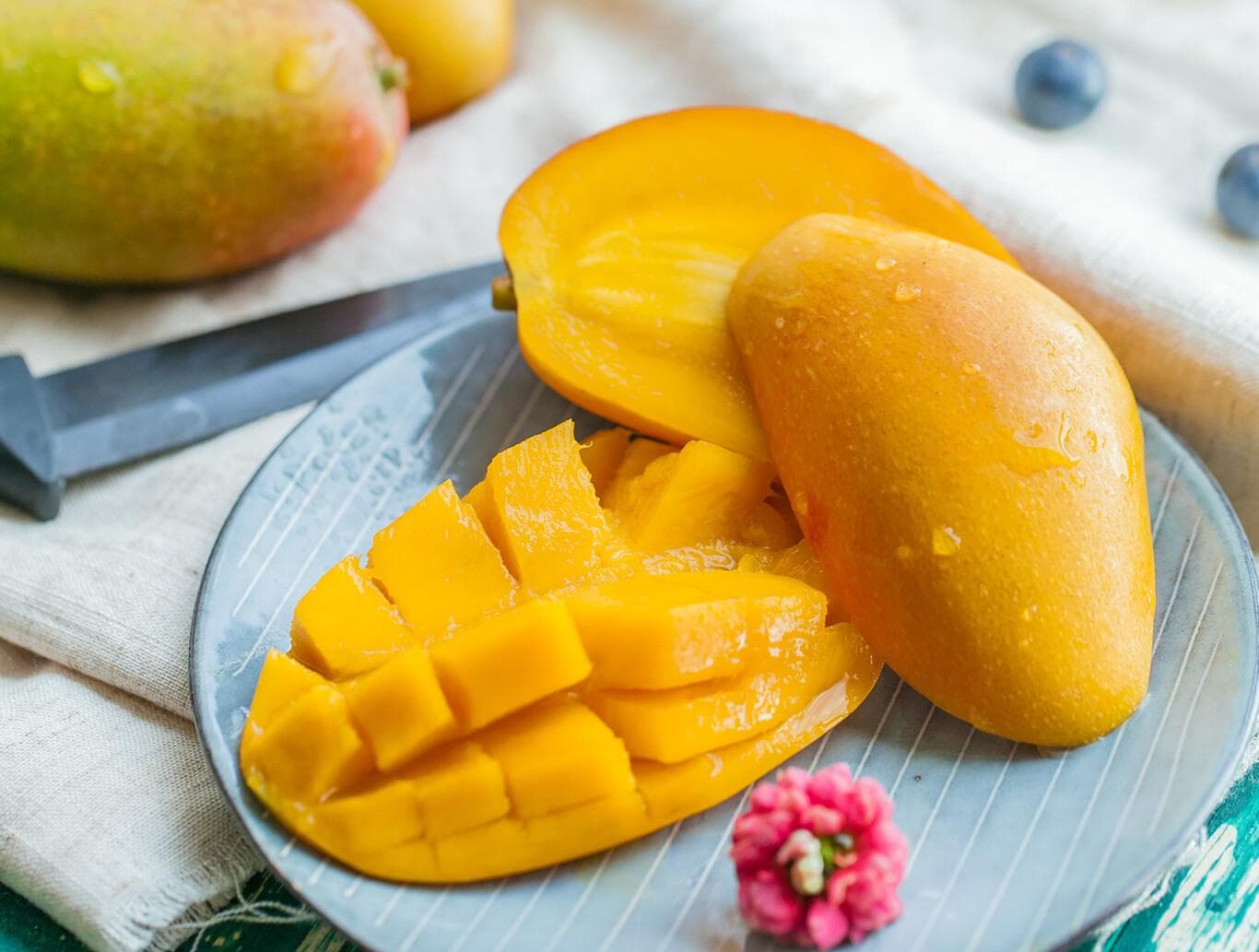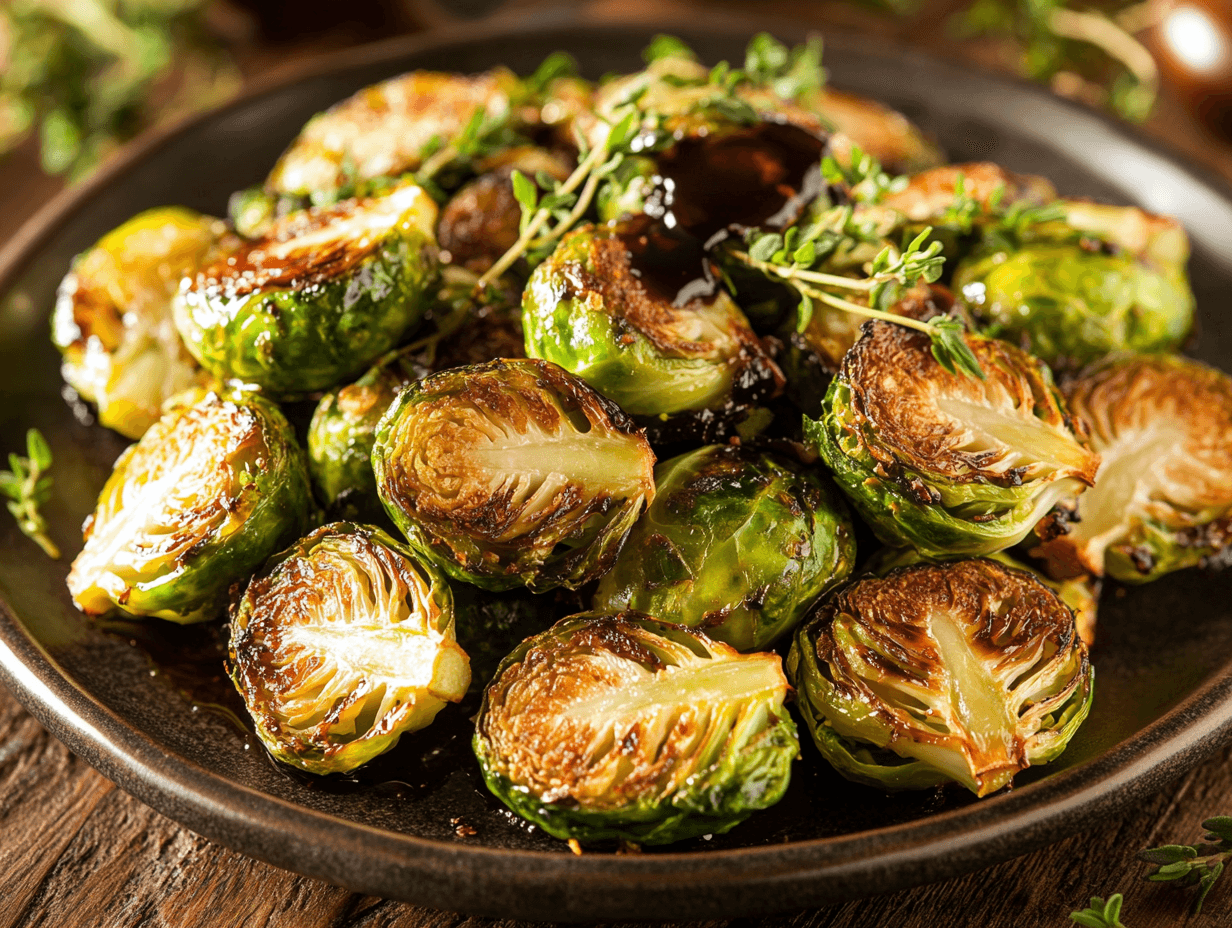Types of Salmon: Farmed vs. Wild
Salmon can be classified into two main categories: farmed and wild. Each type has its own characteristics in terms of flavor, texture, and nutritional content.
Farmed salmon is raised in controlled environments, meaning its diet and living conditions are regulated. As a result, it tends to have a milder flavor and a fattier texture due to its high-fat diet. Additionally, farmed salmon is available year-round and is generally more affordable.
On the other hand, wild salmon is caught in its natural habitat, such as rivers and oceans. Its flavor is more intense, and its texture is firmer. This type of salmon is usually more expensive, and its availability can vary depending on the season. Additionally, it is seen by many as a more sustainable and healthier option due to its natural diet and free-living conditions.

What to Consider When Buying Salmon
When buying salmon, it's important to consider a few key factors to ensure you're choosing a high-quality product:
- Quality: High-quality salmon comes from reliable suppliers who guarantee freshness and good handling practices. Always opt for well-known and reputable places where product turnover is high.
- Color: Fresh salmon should have a vibrant color, whether it's pink or orange, depending on the species. Avoid fillets that look dull or discolored, as this could indicate that the fish is not at its best.
- Smell: Fresh salmon should have a mild, fresh smell; it should not have a strong fishy or ammonia odor. If the smell is unpleasant, it's better not to buy it, as this may indicate that it's not fresh.
- Buy from a busy place: Opt to buy from markets or stores where product turnover is high. Busy places tend to constantly replenish their inventory, increasing the chances that the salmon is fresher.
Salmon Cuts
Salmon can be cut in different ways, and each cut has its ideal use in the kitchen. Knowing the most common cuts will help you choose the right one depending on the recipe you're planning to prepare.
- Fillet: The fillet is one of the most popular cuts. It's ideal for grilling, baking, or pan-cooking. Fillets usually have skin on one side, allowing for even cooking and the possibility of achieving a crispy skin if desired.
- Loin: The loin is a thicker and leaner cut than the fillet. It's perfect for recipes that require a meatier and firmer piece of salmon, such as sashimi or for baking with a herb crust.
- Steak: The steak cut includes both the flesh and the central bone of the salmon. This cut is ideal for grilling or stews, as the bone adds flavor to the dish during cooking.
- Tail: The tail is a thinner cut and tends to be drier, making it ideal for quick preparations like stir-fries or smoking. Being thinner, it cooks in less time, making it suitable for recipes that require brief cooking.

How to Marinate Salmon for Enhanced Flavor
Marinating salmon is an excellent way to intensify its flavor and add a special touch to your recipes. Here are some tips and combinations you can use to achieve a delicious marinade.
- Marinating Time: Salmon is a delicate fish, so it doesn't need to be marinated for long. A marinating time between 30 minutes and 2 hours is sufficient for it to absorb the flavors well without affecting its texture.
- Basic Ingredients: The most common ingredients for marinating salmon include lemon juice, olive oil, garlic, and fresh herbs like dill or parsley. These elements add freshness and enhance the natural flavor of the fish.
- Special Touches: If you're looking for a bolder flavor profile, you can add ingredients like soy sauce, ginger, honey, or Dijon mustard. These flavors give it a more complex taste and perfectly complement the richness of the salmon.
- Marinating Method: Place the salmon in a plastic bag with a zipper or an airtight container along with the marinade. Ensure that the salmon is well covered and place it in the refrigerator for the indicated time. Remember not to marinate for more than 2 hours to avoid the fish cooking in the acidity of the marinade.

The Perfect Cooking Time for Each Type of Salmon
When buying salmon, make sure to do so in a busy place where product turnover is high, increasing the chances of getting fresher salmon. Once you have your fresh salmon, it's crucial to cook it properly to enhance its flavor and maintain its juiciness. Below is a table with recommended cooking times depending on the method you choose.
| Cooking Method | Temperature/Heat | Cooking Time | Characteristics |
|---|---|---|---|
| Baked Salmon | 180°C (350°F) | 12-15 minutes | Even cooking, juicy salmon. |
| Grilled Salmon | Medium-high heat | 6-8 minutes per side | Smoky flavor, crispy texture. |
| Pan-seared Salmon | Medium-high heat | 4-5 minutes per side | Crispy skin, tender inside. |
| Steamed Salmon | Medium heat | 10-12 minutes | Natural flavor, retains moisture. |
Different Ways to Cook Salmon
Salmon is a versatile fish that can be cooked in many ways, each offering a unique flavor and texture profile. Here are some of the most common methods to prepare salmon.
Baked (2 People)
Ingredients
- 2 salmon fillets – about 150–180 g (5–6 oz) each: fresh fillets are best for a juicy and flavorful result.
- 2 tablespoons olive oil: adds richness and helps keep the salmon moist.
- 4 lemon slices: provide freshness and balance the natural richness of the fish.
- 1 tablespoon fresh dill or parsley, chopped: enhances flavor with a fresh aromatic touch.
- Salt – 1/2 teaspoon: essential to season properly.
- Black pepper – 1/4 teaspoon: adds slight spice and depth.
Step-by-Step Instructions
1. Preheat the oven
Preheat your oven to 180°C (350°F). This moderate temperature ensures the salmon cooks evenly without drying out.
2. Prepare the baking tray
Line a baking tray with aluminum foil or parchment paper. This prevents sticking and makes cleanup easier. Lightly brush the foil with a few drops of olive oil for extra non-stick protection.
3. Season the salmon
Place the 2 salmon fillets on the prepared tray, skin-side down if they have skin. Drizzle each fillet with 1 tablespoon of olive oil, ensuring they are lightly coated. Sprinkle evenly with salt and black pepper. Add 2 slices of lemon directly on top of each fillet, then finish with a sprinkle of fresh dill or parsley.
4. Bake the salmon
Place the tray in the preheated oven and bake for 12–15 minutes. The exact cooking time depends on the thickness of your fillets. The salmon is ready when it turns opaque and flakes easily when pressed gently with a fork.
5. Rest and Serve
Remove the salmon from the oven and let it rest for 2 minutes before serving. This short resting time allows the juices to redistribute, making the fish extra moist. Serve immediately with your choice of side dishes—such as roasted vegetables, steamed asparagus, or a fresh green salad.

Grilled (2 Servings)
Ingredients
- 2 salmon fillets – 200 g (7 oz) each: Fresh, skin-on fillets help keep the fish moist and prevent sticking.
- 1 tablespoon olive oil: For brushing the grates and fillets to avoid sticking.
- 1/2 teaspoon salt: To enhance the natural flavor of the salmon.
- 1/4 teaspoon black pepper: Adds a mild spice and depth.
- 1 lemon (cut into wedges): To serve fresh at the end, adding brightness and acidity.
Step-by-Step Instructions
1. Prepare the Salmon
Pat the 2 fillets (200 g each) dry with paper towels to remove excess moisture. This step helps the fish sear better and develop a crispy surface. Lightly brush both sides with 1 tablespoon olive oil, then season evenly with 1/2 teaspoon salt and 1/4 teaspoon black pepper.
2. Preheat the Grill
Heat your grill to medium-high (about 400°F / 200°C). Allow it to preheat for 10 minutes so the grates are hot enough to sear the salmon. Brush the grates lightly with olive oil to prevent the fish from sticking.
3. Grill Skin-Side Down
Place the salmon fillets skin-side down directly on the hot grates. Close the lid if using a covered grill. Cook for 6–8 minutes, depending on thickness, without moving them—this allows the skin to crisp and the flesh to lift naturally from the grates.
4. Flip Carefully
Using a wide spatula, gently flip each fillet after the first side is well-seared. Cook for another 6–8 minutes until the inside is juicy and flakes easily with a fork. Be careful not to overcook, as salmon dries out quickly.
5. Serve Immediately
Remove the salmon from the grill and transfer to plates. Squeeze fresh lemon wedges on top before serving for a burst of acidity. Pair it with grilled vegetables, a fresh salad, or rice for a balanced meal.

Pan-Seared (2 Servings)
Ingredients
- 2 salmon fillets – 200 g (7 oz) each: Fresh fillets provide the best flavor and texture.
- 1 tablespoon vegetable oil (or olive oil): Helps form a golden crust without burning.
- 1 tablespoon butter: Adds richness and enhances flavor during cooking.
- 1/2 teaspoon salt: Essential for seasoning and drawing out flavor.
- 1/4 teaspoon black pepper: Adds a mild, balanced kick.
- 2 lemon wedges (for serving): Brings freshness and a bright contrast to the richness of the salmon.
Step-by-Step Instructions
1. Prepare the Salmon
Pat the 2 salmon fillets (200 g each) dry with a paper towel to remove excess moisture. This helps create a crispier crust. Season both sides evenly with 1/2 teaspoon salt and 1/4 teaspoon black pepper.
2. Preheat the Pan
Place a large skillet or non-stick pan over medium-high heat and allow it to heat for about 2 minutes. A hot pan ensures good searing and prevents the skin from sticking. Test by sprinkling a drop of water—if it sizzles and evaporates, it's ready.
3. Add Oil and Start Cooking
Pour 1 tablespoon of vegetable oil into the hot pan, swirling to coat the surface evenly. Place the salmon skin-side down in the pan. Use a spatula to press gently for the first 30 seconds to ensure the skin makes full contact with the pan, preventing curling.
4. Cook the Skin Side
Allow the fillets to cook undisturbed for 4–5 minutes. This develops a golden, crispy skin while gently cooking the flesh. The salmon should be cooked halfway up the sides before flipping.
5. Flip and Add Butter
Carefully flip each fillet using a spatula. Add 1 tablespoon of butter to the pan and let it melt, spooning the butter over the salmon for extra flavor and moisture. Cook the second side for another 4–5 minutes until golden brown and the interior reaches your desired doneness (slightly pink in the center for medium).
6. Rest and Serve
Transfer the cooked salmon to a plate and let it rest for 2 minutes. This helps the juices redistribute inside the fish. Serve immediately with lemon wedges for freshness, and enjoy alongside vegetables, rice, or salad.

Steamed (2 Servings)
Ingredients
- 2 salmon fillets (150–180 g each) – Fresh, skin-on or skinless, your choice.
- 2 cups water – To generate steam.
- 1 lemon (cut into slices) – Adds freshness and gentle citrus aroma.
- 2 sprigs fresh herbs (such as dill, parsley, or thyme) – Infuse subtle herbal flavor.
- 1/2 teaspoon salt – Lightly enhances the salmon’s natural taste.
- 1/4 teaspoon black pepper (optional) – For a mild spicy note.
Step-by-Step Instructions
1. Prepare the pot
Fill a medium pot with 2 cups of water and bring it to a boil over medium-high heat. Place a steamer basket or rack on top of the pot, ensuring it sits securely above the water without touching it.
2. Add aromatics to the water
To flavor the steam, add lemon slices and fresh herbs directly into the boiling water. This allows the steam to carry light citrus and herbal notes that will subtly season the salmon while cooking.
3. Season the salmon
Pat dry the 2 salmon fillets with paper towels. Sprinkle lightly with 1/2 teaspoon salt and, if desired, 1/4 teaspoon black pepper. This simple seasoning helps highlight the natural richness of the fish.
4. Steam the salmon
Place the seasoned fillets in the steamer basket in a single layer. Cover the pot with a tight-fitting lid and let the salmon steam for 10–12 minutes, depending on thickness. Avoid opening the lid frequently, as it releases essential steam.
5. Check for doneness
The fillets are ready when they turn opaque and flake easily with a fork. The internal temperature should reach about 145°F (63°C) for perfectly cooked salmon.
6. Serve
Carefully remove the salmon from the steamer and transfer to plates. Garnish with a fresh sprig of herbs or an extra lemon wedge for brightness. Serve immediately with vegetables, rice, or a light salad.

How to Achieve Crispy Salmon Skin
To achieve crispy skin on salmon, the first step is to ensure the skin is completely dry before cooking. Pat the skin dry with paper towels, as this helps it brown better and become crispy when cooked. Then, use a hot non-stick pan with a little high smoke point oil, such as canola oil, and place the salmon skin-side down. Cook without moving the fish for about 4-5 minutes, pressing down lightly with a spatula to ensure good contact with the pan.
Once the skin is golden and crispy, flip the salmon and cook the other side for an additional 1-2 minutes, depending on the thickness of the fillet, until it’s cooked to the desired level. Remove from the heat and serve immediately to enjoy the crispy skin along with the juicy salmon flesh.

The Secret to Juicy, Well-Cooked Salmon
Achieving juicy and well-cooked salmon might seem challenging, but with a few simple techniques, you can achieve perfect results every time. One of the main secrets is carefully controlling the cooking time and temperature. Cooking salmon at a moderate temperature, like 180°C (350°F), allows it to cook evenly without drying out. Additionally, it's important to remove the salmon from the heat just when it turns opaque and flakes easily with a fork, as residual heat will continue to cook it slightly even after it's off the heat.
Another key tip is to retain moisture during cooking. You can do this by cooking the salmon with a bit of liquid in the pan or oven, such as broth, white wine, or lemon juice, and covering it with aluminum foil if baking. This helps to retain the fish's natural juices and enhance its flavor. The result is tender, juicy, and flavorful salmon that melts in your mouth.

How to Serve Salmon: Ideal Side Dishes
Choosing the right side dishes to accompany salmon can enhance its flavor and turn a simple meal into a delicious feast. Here are some ideal side dishes:
- Roasted Vegetables: Asparagus, carrots, or roasted broccoli are classic options that complement salmon with their earthy and sweet flavors. The caramelization of the vegetables provides a pleasant contrast to the fish's softness.
- Fresh Salads: Ingredients like arugula, spinach, and a light lemon vinaigrette provide a refreshing and acidic contrast to the dish. These salads add freshness and balance to the salmon, highlighting its natural flavor.
- Baked Potatoes or Mashed Potatoes: Baked potatoes or creamy mashed potatoes add a comforting and substantial touch that balances the lightness of the fish, making them a perfect accompaniment to salmon.
- Bold Sides: For a more intense touch, you can opt for quinoa cooked with herbs, basmati rice with spices, or a mustard-honey sauce. These sides highlight the salmon's flavor without overpowering it, adding variety and texture to the dish.

Frequently Asked Questions
Q: What is the main difference between farmed and wild salmon?
A: Farmed salmon is raised in controlled environments, giving it a fattier texture and a milder flavor. Wild salmon, on the other hand, is caught in nature, has a firmer texture, and a more intense taste, though it’s usually more expensive and seasonal.
Q: How can I tell if salmon is fresh when buying it?
A: Fresh salmon should have a vibrant pink or orange color and a mild, pleasant smell. Avoid salmon that looks dull, discolored, or has a strong odor, as these are signs it’s not at its best quality.
Q: What are the most common cuts of salmon and how are they used?
A: The main cuts are fillet, loin, steak, and tail. Fillets are versatile for grilling or baking, loins are lean and great for sashimi, steaks are ideal for grilling or stews, while the tail is perfect for quick cooking or smoking.
Q: How long should salmon be marinated without affecting its texture?
A: Salmon should be marinated for 30 minutes to 2 hours. Longer marinating times can cause the acidity to “cook” the fish, changing its texture. A simple marinade with lemon, herbs, and oil works best for enhancing flavor.


